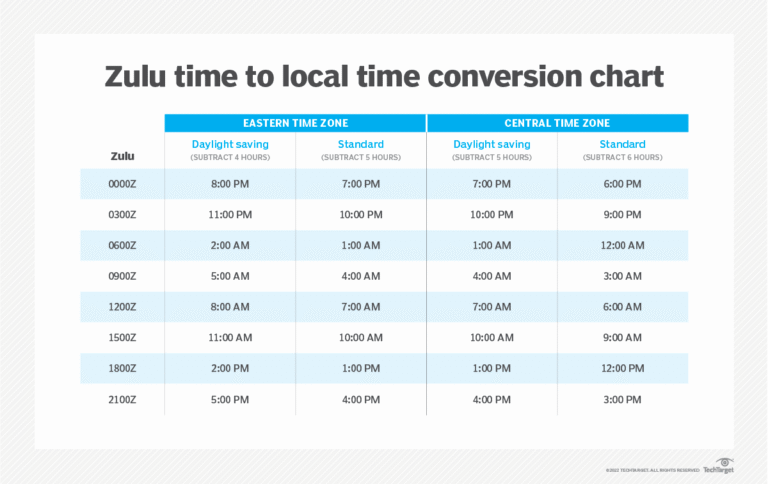How to Measure Work Life Balance
In today’s fast-paced world, finding a balance between professional responsibilities and personal well-being is critical. Work-life balance refers to the equilibrium that individuals achieve between their work obligations and their personal lives. Maintaining a healthy balance can prevent burnout, reduce stress, and improve overall quality of life.
So, lets learn how to measure work-life balance effectively with self-assessment tools, expert insights, and practical tips for improving time management, emotional well-being, and job satisfaction.
Why You Should Measure Work-Life Balance
While the concept of work-life balance is widely discussed, measuring it accurately can be challenging. Without a clear method to assess it, individuals may struggle to determine whether they’re achieving the balance they desire. The purpose of measuring work-life balance is to create a structure for evaluating one’s time and resources between work and personal life, allowing for adjustments where necessary.
What is Work-Life Balance?
Work-life balance is a state of equilibrium where an individual effectively manages both work and personal obligations. It varies significantly from person to person depending on their values, job roles, and life situations. A healthy work-life balance enables individuals to fulfill their professional duties while maintaining time for personal relationships, hobbies, and rest.
Several components make up work-life balance, including time management, emotional stability, physical health, and personal fulfillment. These factors must be in harmony to ensure that neither work nor life becomes overwhelming.
Indicators of Work-Life Balance
- Time Allocation
- Emotional Well-being
- Physical Health
- Job Satisfaction
How to Measure Work Life Balance: Methods
Self-assessment Surveys
One of the simplest ways to measure work-life balance is through self-assessment surveys. These tools typically ask questions about time spent on work, personal satisfaction, and emotional well-being.
Time-tracking Tools
Apps and software like Rescue Time or Toggl can help track how much time is spent on different activities. By analyzing this data, individuals can determine whether they’re spending too much time on work or neglecting personal activities.
Performance Metrics at Work
Work performance metrics such as efficiency and task completion rates can offer insights into whether someone is overworking or not allocating enough time to rest.
Health and Wellness Metrics
Health metrics such as sleep quality, stress levels, and physical fitness are also reliable indicators. If someone’s health is deteriorating, it may indicate that work-life balance is off-kilter.
Feedback from Family and Friends
Often, those closest to you will notice when your work-life balance is off. Regular feedback from family and friends can help you gauge how well you’re balancing your time.
Work-Life Balance Metrics
Employee Satisfaction Index
The Employee Satisfaction Index (ESI) measures how satisfied employees are with their work-life balance. Companies can use this index to gauge overall employee well-being.
Work-Life Balance Index
This index combines data on hours worked, job satisfaction, and personal fulfillment to provide an overall score for work-life balance.
Work Flexibility Ratio
This ratio measures how much flexibility an employee has in their work schedule, which directly impacts their ability to balance personal and professional responsibilities.
Time Stress Assessment
Time stress assessments help determine how stressed individuals are by time constraints, offering insights into whether work is consuming too much of their time.
Common Challenges in Achieving Balance
Overwork and Burnout
One of the most common challenges is overworking, which can quickly lead to burnout. This often results from unclear boundaries between work and personal life.
Blurred Lines Between Work and Personal Life
With remote work becoming more prevalent, the lines between personal time and work hours are increasingly blurred, making it difficult to disconnect from work.
Pressure to Always be Available
Many employees feel pressure to be constantly available, whether due to workplace culture or personal ambition. This can severely disrupt work-life balance.
Cultural Differences in Work-Life Balance
In some cultures, work-life balance may be less prioritized, with societal expectations driving longer work hours and less personal time.
Conclusion
Measuring work-life balance is a complex yet essential process that involves various metrics, such as time allocation, emotional well-being, and job satisfaction. Through tools like self-assessments, time-tracking apps, and wellness metrics, individuals and companies can evaluate balance and make necessary adjustments to improve both work performance and personal fulfillment.







